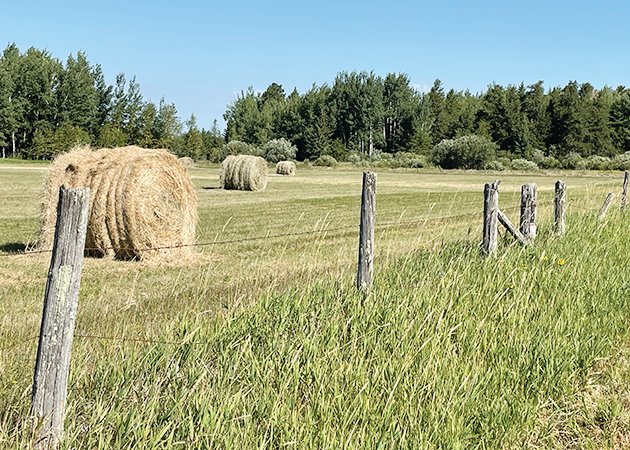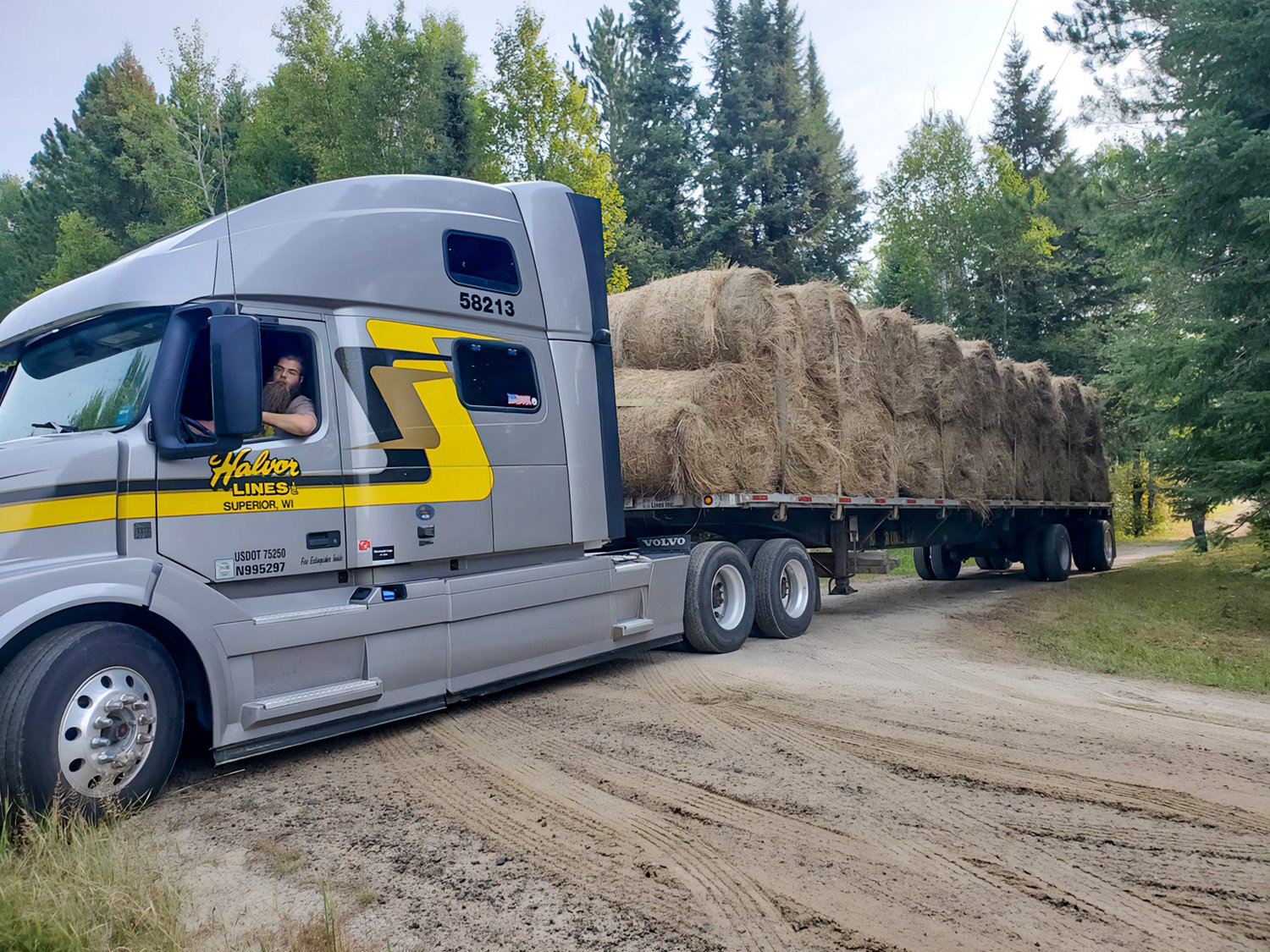Support the Timberjay by making a donation.
Area livestock producers reeling from effects of drought
Many already culling herds as pastures dry up, hay yields fall sharply
REGIONAL— All across northern Minnesota, livestock producers are slashing their herds in response to dried up pastures, minimal hay crops, and the rising cost of other feeds necessary to …
This item is available in full to subscribers.
Attention subscribers
To continue reading, you will need to either log in to your subscriber account, or purchase a new subscription.
If you are a current print subscriber, you can set up a free website account and connect your subscription to it by clicking here.
If you are a digital subscriber with an active, online-only subscription then you already have an account here. Just reset your password if you've not yet logged in to your account on this new site.
Otherwise, click here to view your options for subscribing.
Please log in to continue |
Area livestock producers reeling from effects of drought
Many already culling herds as pastures dry up, hay yields fall sharply
REGIONAL— All across northern Minnesota, livestock producers are slashing their herds in response to dried up pastures, minimal hay crops, and the rising cost of other feeds necessary to sustain them. With little or no relief in sight, it’s not a question of if, but of how many head, to cull as a difficult summer transitions into fall.
“I hate to sell them, but I’ll have to,” said Paul Knuti, of Embarrass, who used to run as many as 25 beef cows. “After I wean my calves, I’ll probably have to ship them to market.”
Knuti is hardly alone.
Emmett Berens, a longtime cattle rancher and livestock trucker from Linden Grove, said he’s been far busier than usual hauling livestock to various markets. He said a recent auction in Bagley featured over 5,000 head of cattle for sale. “Usually, you’ll have about 3,500 there,” he said.
Berens is cutting his herd as well, dropping it from the usual 150-160 head down to 120 at this point. “But I’ll have to get rid of more yet,” he said.
The loss of pasture is among the biggest problems facing area ranchers right now as many fields have produced only a fraction of the forage of a typical summer. “I had to pasture on 40 acres of a neighbor’s land just to give them something green to eat,” said Berens. It was brushier than most pasture, but at least it gave his cattle some leaves to browse, he added.
Knuti said land he normally pastures well into September is already drying up quickly after weeks of minimal rainfall.
While many area ranchers can’t rely on pasture to hold their livestock in this summer, the availability of winter feed stocks is looking even more doubtful.
“The big problem is that the hay crop is about two-thirds short,” said Keith Aho, who owns and operates Homestead Mills, in Cook, with his wife Carol. “People at the mill are looking for hay and I’m having to pull it from way out in the Red River Valley,” Aho added. “But they’re short there as well. The way it is now, it’s looking grim.”
Knuti agrees the outlook isn’t hopeful for winter feed stocks.
“The guy from Cook who I normally buy 100-150 bales of hay from, now has none available,” said Knuti. “I usually buy 90-100 bales from a guy in Meadowlands, but he has none available, either.”
Knuti said he’s been forced to look for hay in northern Wisconsin and the U.P. of Michigan in order to sustain the cattle he hopes to carry through the winter. “That’s awfully expensive hay when you factor in the mileage,” he said.
Aho agrees and notes that livestock producers had better be prepared for higher prices even if hay or grains are available. “Grain is growing but the test weights are going to be down considerably,” predicts Aho.
One of the biggest outstanding questions for livestock producers now is whether prices will hold even as ranchers send more cattle to market in response to the drought. Knuti said he expects cattle prices will drop as producers cull their herds, although that hasn’t happened so far, according to Berens. “Prices have been holding pretty good so far,” he said. “I can’t believe it will last.”
Historic dryness
While farmers and ranchers are used to the vagaries of weather, the ongoing drought that’s hit the region is of a nature few, if any, in the region can remember. “I’ve lived on this farm for close to 50 years,” said Berens, “and the crick that runs through my property has never run dry, until this year.”
Much of the region is currently listed in extreme drought, although conditions are even worse further west. According to the U.S. Drought Monitor, the northwestern half of Koochiching County is now listed in exceptional drought, the highest level of drought that the monitor indicates. It’s the first time in the 20-plus year history of the drought monitor that any portion of Minnesota has reached such an extreme level of dryness.
The latest forecast, as of presstime, indicated a good chance of showers and thunderstorms on Friday and Saturday, although rainfall amounts are not expected to be heavy. The region will require several inches of soaking rain to break the current drought pattern.









